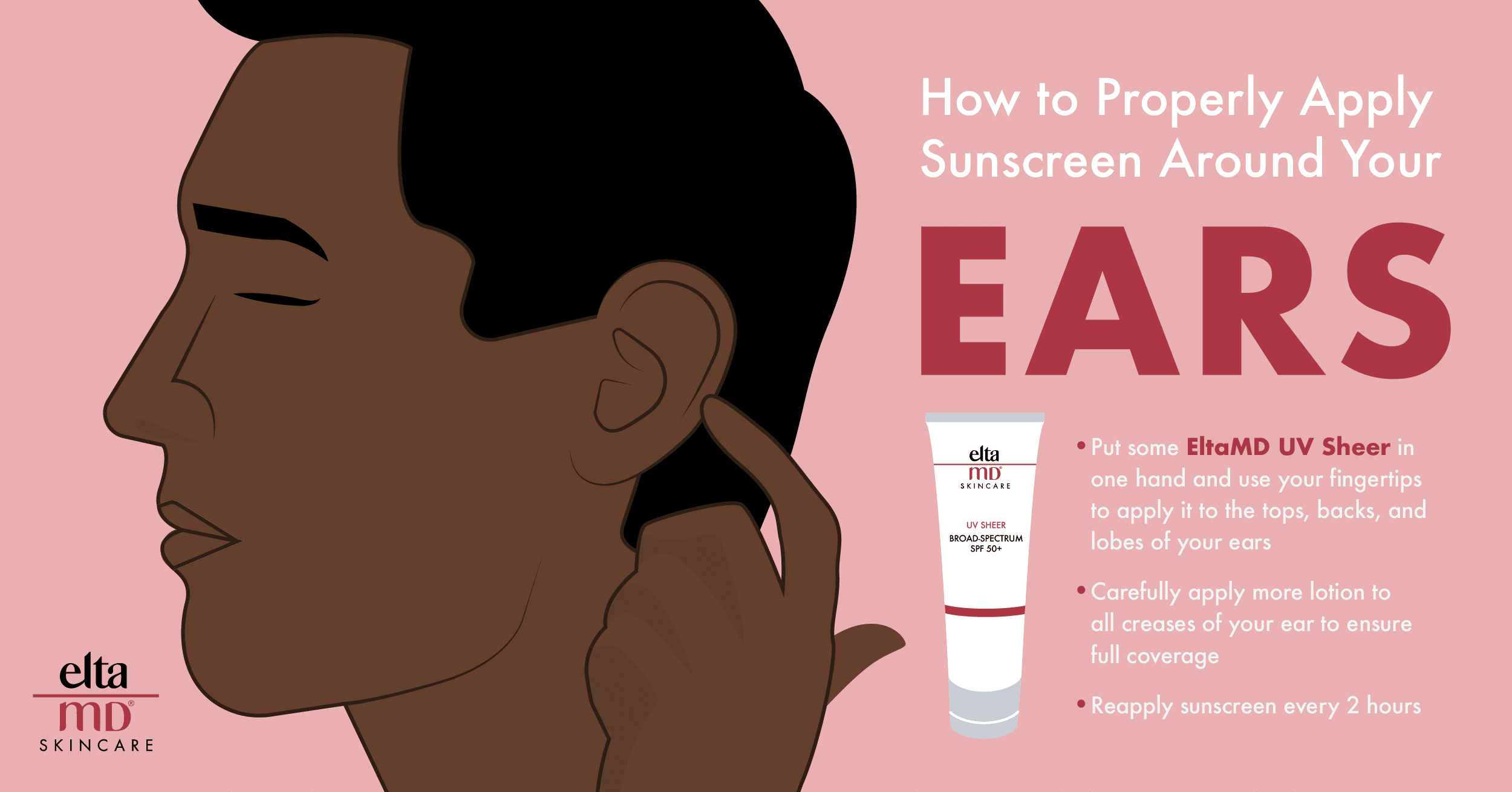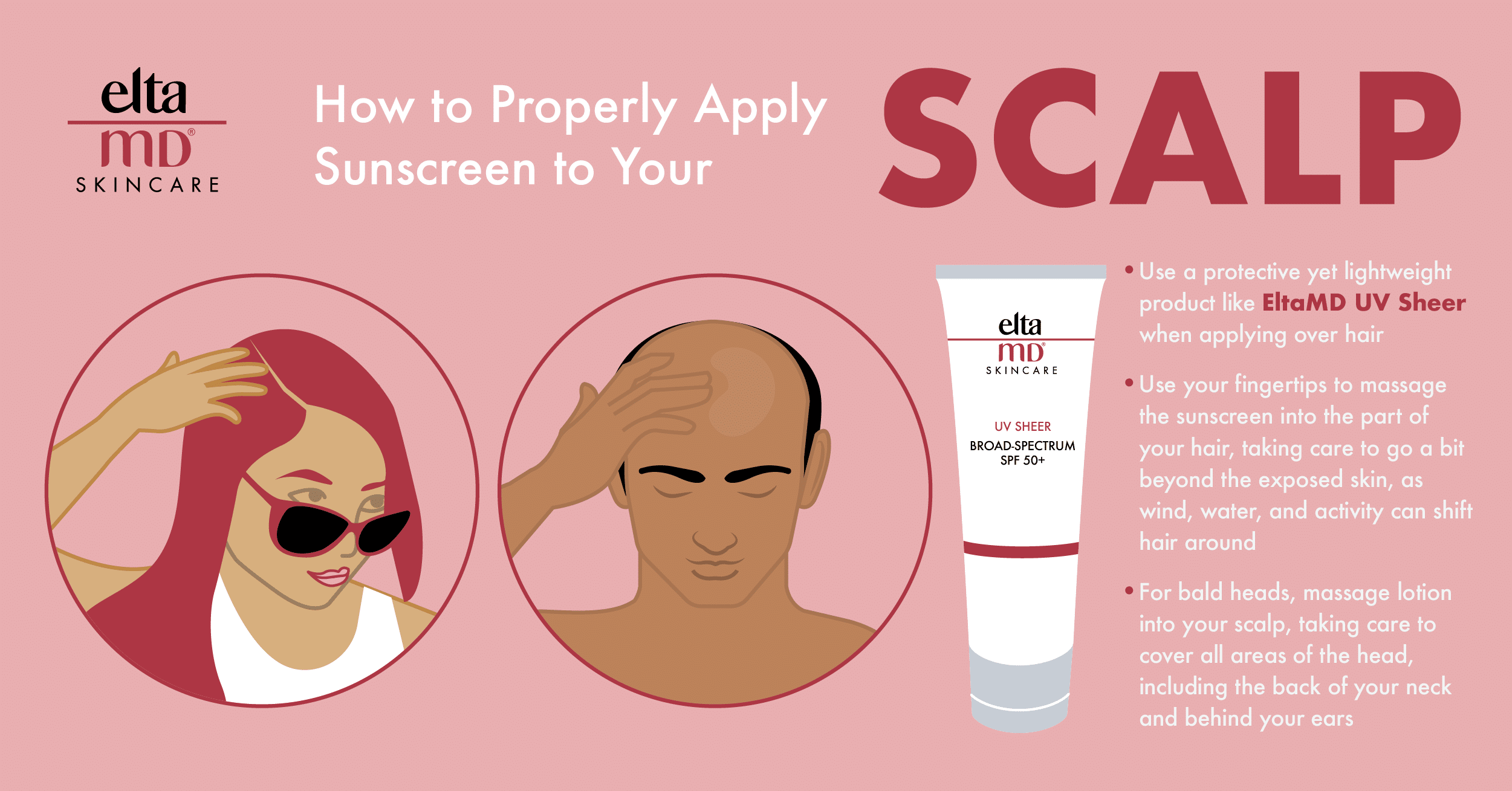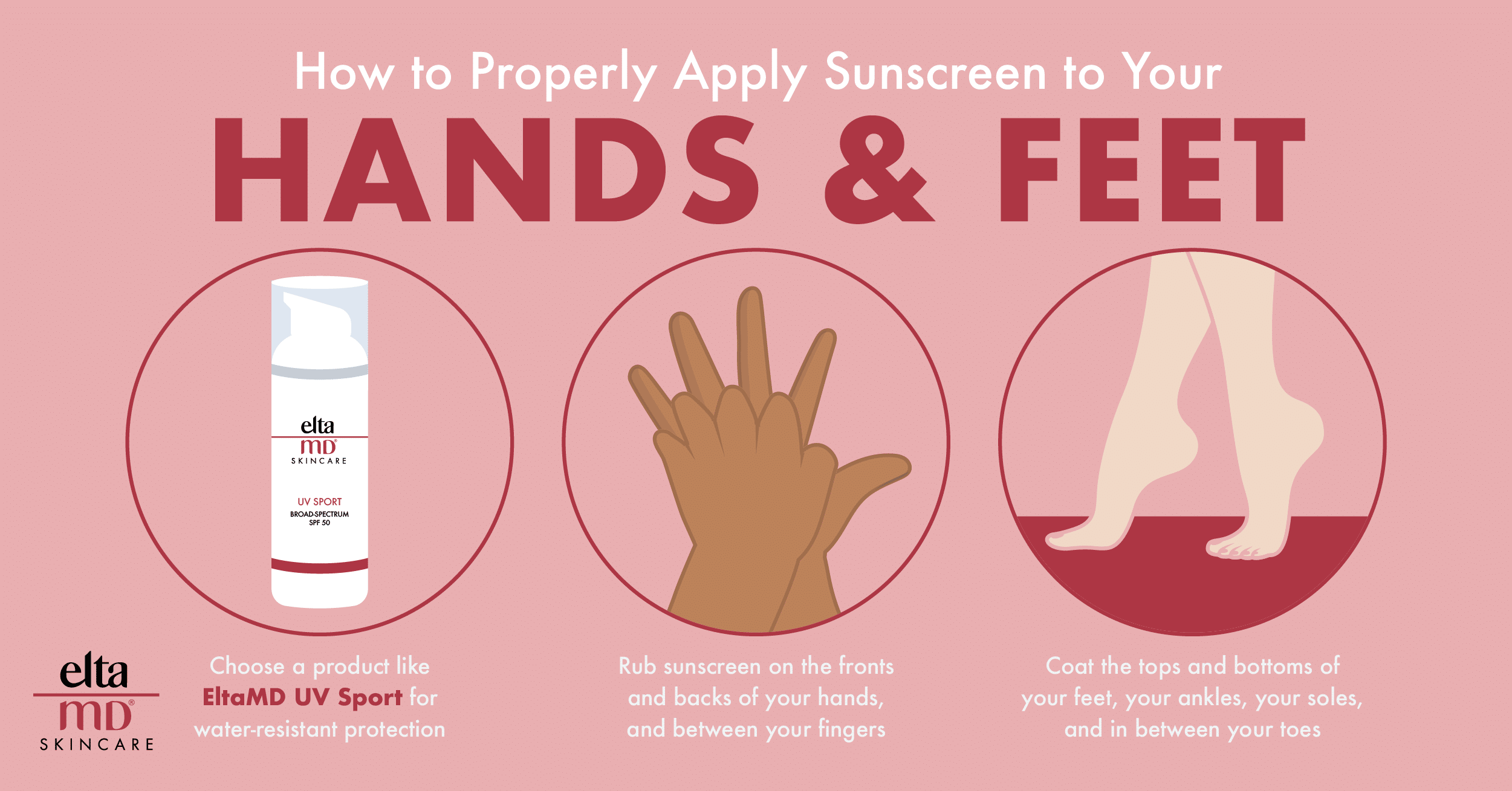You may know that Dermatologists recommend wearing sunscreen daily, but does sunscreen help prevent skin cancer? The simple answer is yes.
Ultraviolet (UV) exposure is the biggest single risk factor for the development of skin cancer, the most common type of cancer in the United States. But how exactly does sunscreen prevent skin cancer, and what do you need to know to get the most out of your chosen product? Read on for this key information that could be critical to your health.
A Breakdown of UV Rays
Sunscreen should be used daily, rain or shine, because skin cancer is better prevented than treated. Most people think their sun exposure is limited to time spent in direct sunlight outdoors. What they don't realize is that they're also exposed to UV light on cloudy days, in cold seasons, and even in their cars.
UVA and UVB rays together are responsible for skin aging and damage. UVB, known as the "burning ray," damages and mutates our skin's DNA, which, over time, can lead to abnormal cell growth known as skin cancer. UVA is the "aging" and tanning ray. It penetrates deeper into the skin and can pass through clouds, windows, and thin clothing. Although it doesn't directly cause DNA mutation, it can generate oxidation reactions that indirectly lead to skin damage. This is the type of UV light responsible for causing the wrinkles, sun spots, and leathery skin that we associate with photo-aging.
Given that exposure to UV radiation is preventable, everyone should take regular measures to protect their skin and their health. The best preventative measure is sunscreen.
Sunscreen's Active Ingredients and How They Work
Sunscreen active ingredients are divided into two varieties: chemical and physical.
Chemical active ingredients work by creating a barrier that absorbs and neutralizes the UV light. Homosalate, octinoxate, oxybenzone, and avobenzone are well-known chemical actives. These chemicals do break down and become less effective after being in contact with UV light, which is a reason why sunscreen usage directions always tell us to reapply.
Mineral active ingredients, on the other hand, are zinc oxide or titanium dioxide. They act like a mirror and physically reflect light off your skin. These are more resistant to breakdown, which is why they have slightly broader UV coverage. Sunscreens containing mineral active ingredients are also better suited for individuals with sensitive skin.
Protection Ratings and Proper Use
Sunscreen's efficacy against UV radiation, specifically UVB, is measured by its "sun protection factor," commonly known as SPF. This number, found on all chemical and physical sunscreens in the United States, indicates how long the sunscreen will delay the burning of protected skin as compared to unprotected skin.
For example, if it would take 10 minutes for exposed, unprotected skin to start burning (many factors contribute to time-to-burn), an SPF 15 sunscreen should ideally prevent reddening and damage 15 times longer—about 150 minutes. Additionally, an SPF 15 product blocks about 94 percent and SPF 30 blocks about 97 percent of UVB rays, which is why most Dermatologists recommend using a broad-spectrum sunscreen with at least SPF 30.
In Europe and Asia, the UVA protection of sunscreens is labeled "Protection Again" or PA+ to +++. We don't have this measurement in the United States, so Dermatologists recommend sunscreens labeled "broad-spectrum" to ensure both UVA and UVB coverage.
It's important to note that people don't use sunscreens in the controlled environments that they're tested in, so you shouldn't rely too heavily on these ratings. Regular application is more important than the product you use.
Unfortunately, most people don't apply enough sunscreen to get the full SPF benefit. The average person needs about an ounce (two tablespoons) for one full-body application, including one teaspoon applied to the head and neck area. If you're active, swimming, or sweating, reapply every two hours and look for sunscreens labeled "water-resistant" for longer-lasting coverage. Lastly, you should never rely on the sunscreen in makeup like foundation or BB cream—it's best to use a purpose-made product.
Find Your Daily Product
Many people are concerned that physical sunscreens are difficult to rub into skin and leave an undesireable white look on the face. However, recent product launces such as EltaMD UV Restore SPF 40 use a transparent zinc oxide formulation for a more cosmetically elegant look. Additionally, many physical sunscreens are now tinted with iron oxide. Tinted products may help block and resolve problems associated with visible "blue light," which is emitted from your computer or phone screen, eliminating another possible source of skin damage.
There are myriad sunscreens on the market, and you might wonder which to choose. In general, you should look for a broad-spectrum sunscreen SPF 30 or higher, and something water-resistant for prolonged outdoor activity. Beyond that, the right sunscreen is the one that you like and feel most inclined to wear.
Finally, make sure to see your Dermatologist annually for a check-up, especially if you have a family history of skin cancer. They will be happy to address all your questions and concerns relating to skin health.




